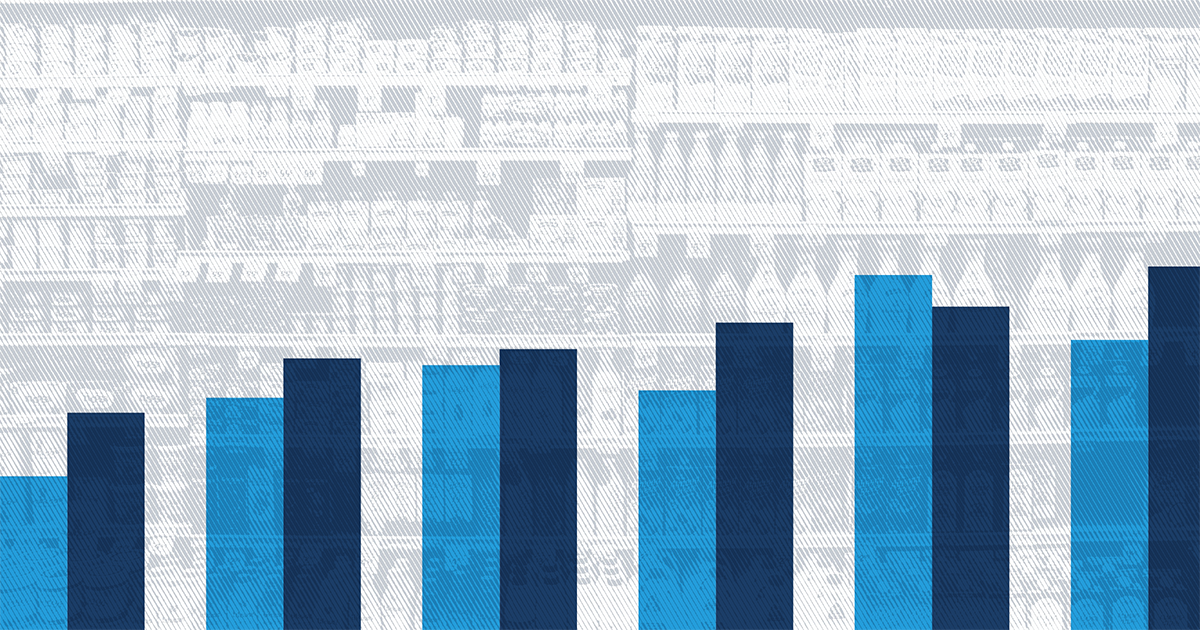Hygro
soundcloud.com/hygro/
I think some of it is simply political, going both ways.
The bank wants to be relevant. They believe they have 3 tools, one is "forward expectations" aka the other side of the coin of "confidence", so they pretend to have all mighty power. They need a lot of trappings of policy power which they get through real responsibilities / real institutional power that basically help other parts of government, industry, and academia. That help being knowledge, data, and analysis / recommendations.
But the other side is who else is the government going to privilege with this collection? Can't be the universities. In the US we have two other options: the treasury, and the IRS / tax collectors. The treasury is going to change with parties every 4-8 years so that's way too volatile. The IRS is frequently under attack politically and similarly volatile. Better to give it to the fingerquotes INDEPENDENT /fingerquotes agency that's "private" and embedded in the foundation of capital, the banking system.
The bank wants to be relevant. They believe they have 3 tools, one is "forward expectations" aka the other side of the coin of "confidence", so they pretend to have all mighty power. They need a lot of trappings of policy power which they get through real responsibilities / real institutional power that basically help other parts of government, industry, and academia. That help being knowledge, data, and analysis / recommendations.
But the other side is who else is the government going to privilege with this collection? Can't be the universities. In the US we have two other options: the treasury, and the IRS / tax collectors. The treasury is going to change with parties every 4-8 years so that's way too volatile. The IRS is frequently under attack politically and similarly volatile. Better to give it to the fingerquotes INDEPENDENT /fingerquotes agency that's "private" and embedded in the foundation of capital, the banking system.




 I just wanted to put the typical key data points out there.
I just wanted to put the typical key data points out there.